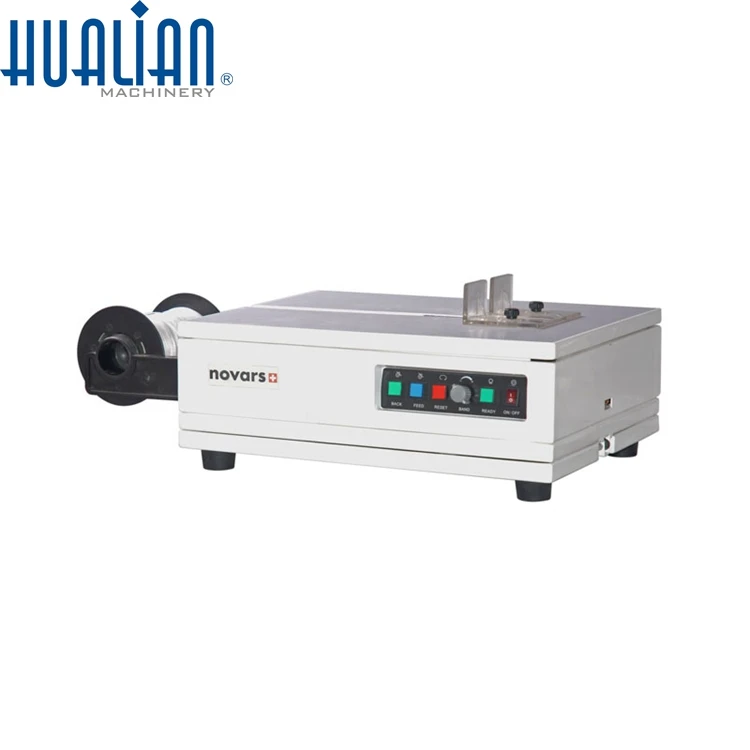

Nylon strap has the greatest specific strength of the three plastics, however it is rarely used due to its high price. For instance, in cold climates a strap bonded in hot melt glue is used because it is weather-proof.

There are specialized types available for specific applications. Its excellent recovery properties help a load absorb impact without strap breakage. Polyester provides excellent retained tension on rigid loads. Oriented or tensilized polyester and nylon are the strongest plastic strapping products and are used as a viable alternative to steel strapping in some industries. Both offer security and marketing advantages to the strapped product. Polypropylene strapping may be printed, either during production and pre-embossing for the highest quality and precision, or post production over the embossing for a reduced quality. Similarly, a UV inhibitor can be specified. The sensible choice of colour will retard the process, such as specifying black strap. Furthermore polypropylene strapping is susceptible to UV degradation and can quickly degrade if left outside exposed to the elements. What is not generally known to end users is that polypropylene strapping will lose about 50% of the applied tension within one hour, and that this tension loss is accelerated with increases in ambient temperature, consequently although suitable for packs with a degree of stored energy that will take up any relaxation that occurs in the strap, unacceptable strap slackness may occur after time if used on product that is 'Solid' such as bricks or concrete. This product offers higher elongation at break but tends to have irrecoverable dead stretch with constant stress. Most polypropylene is embossed, some of which is also printed. It is available in various widths, thicknesses, and polymer variations (e.g., copolymers). Polypropylene strap (oriented or tensilized) is an economical material designed for light to medium duty unitizing, palletizing and bundling. 020 Steel Strapping Coil yields approximately 19.6 feet per pound. Steel Strapping is sold by weight rather than length, due to the natural expansion and contraction of steel in the manufacturing process. Common applications include steel coils, bundles of metal, baling wire, bricks and pavers, and roll end-binding. The wax is used to better transmit the tension around the bundle and for use with certain types of tensioners. Surface finishes for steel strap include: paint, paint and wax, bluing or zinc and wax. Steel is used for heavy duty holding where high strength and minimal stretch are desired. It is available in a variety of widths and thicknesses as well as variations in the grade of steel. IP 56 protection: The machines are in compliance with the state of the art production requirements.Steel is the oldest and highest tensile strength strapping. Small anvil plate: For reliable strapping of very low products (S-typ). Easy to clean and maintain.įlexible: For integration into conveyor systems or as a stand alone machine. High availability: Secure strap guide due to exclusive closed strap guide system. Stainless steel construction :Highest surface quality for demanding environments, ideal for fish/food industry. Stainless steel high performance machine for plastic strapping for the fish industry.Īverage sixe of boxes: 650 x 500 mm (minimum sixe 100 x 100 mm)Įquipped With driven belt conveyor for integration into fully automatic lines. Optional equipment for dead fish transfer.Optional equipment for life fish transfer.


 0 kommentar(er)
0 kommentar(er)
